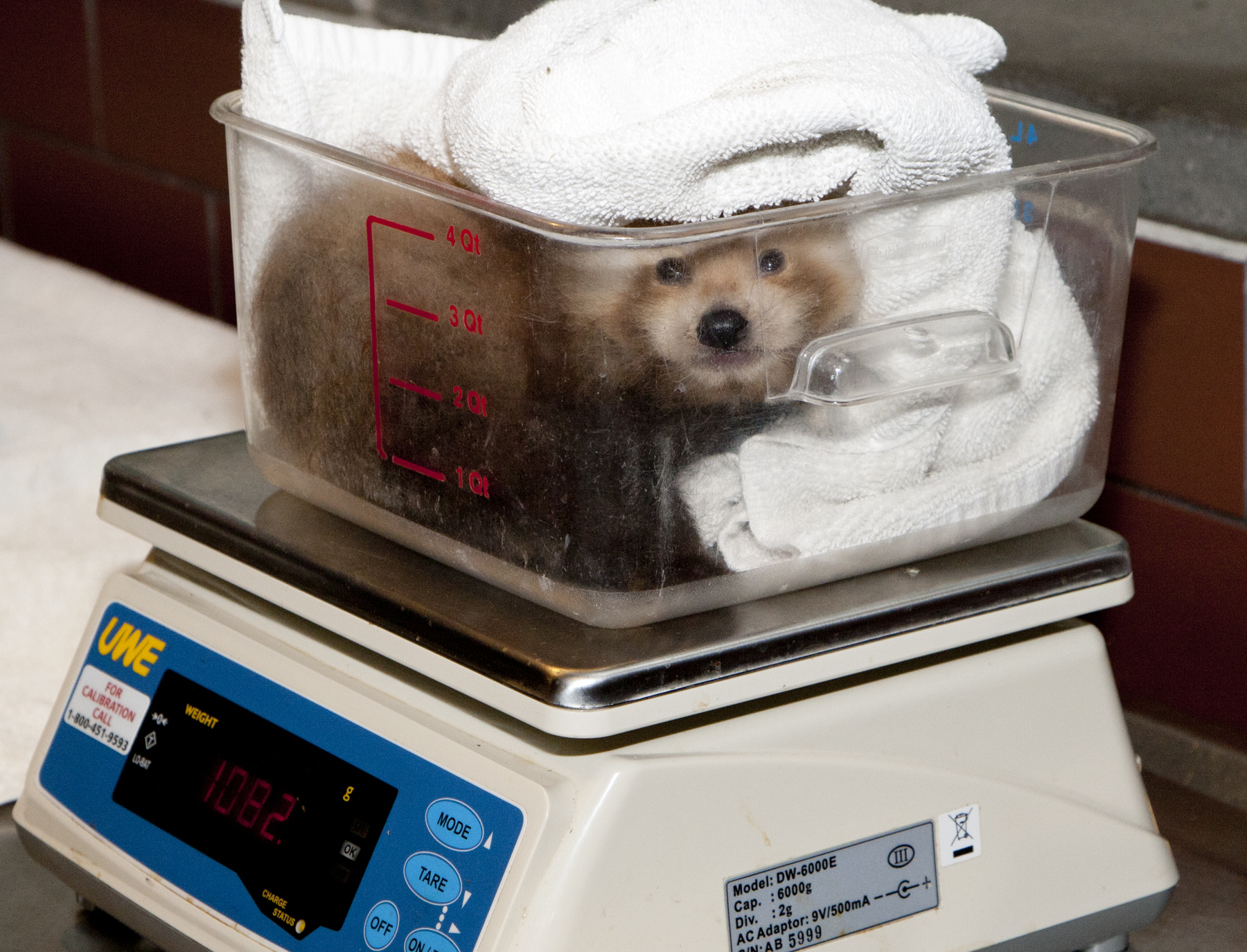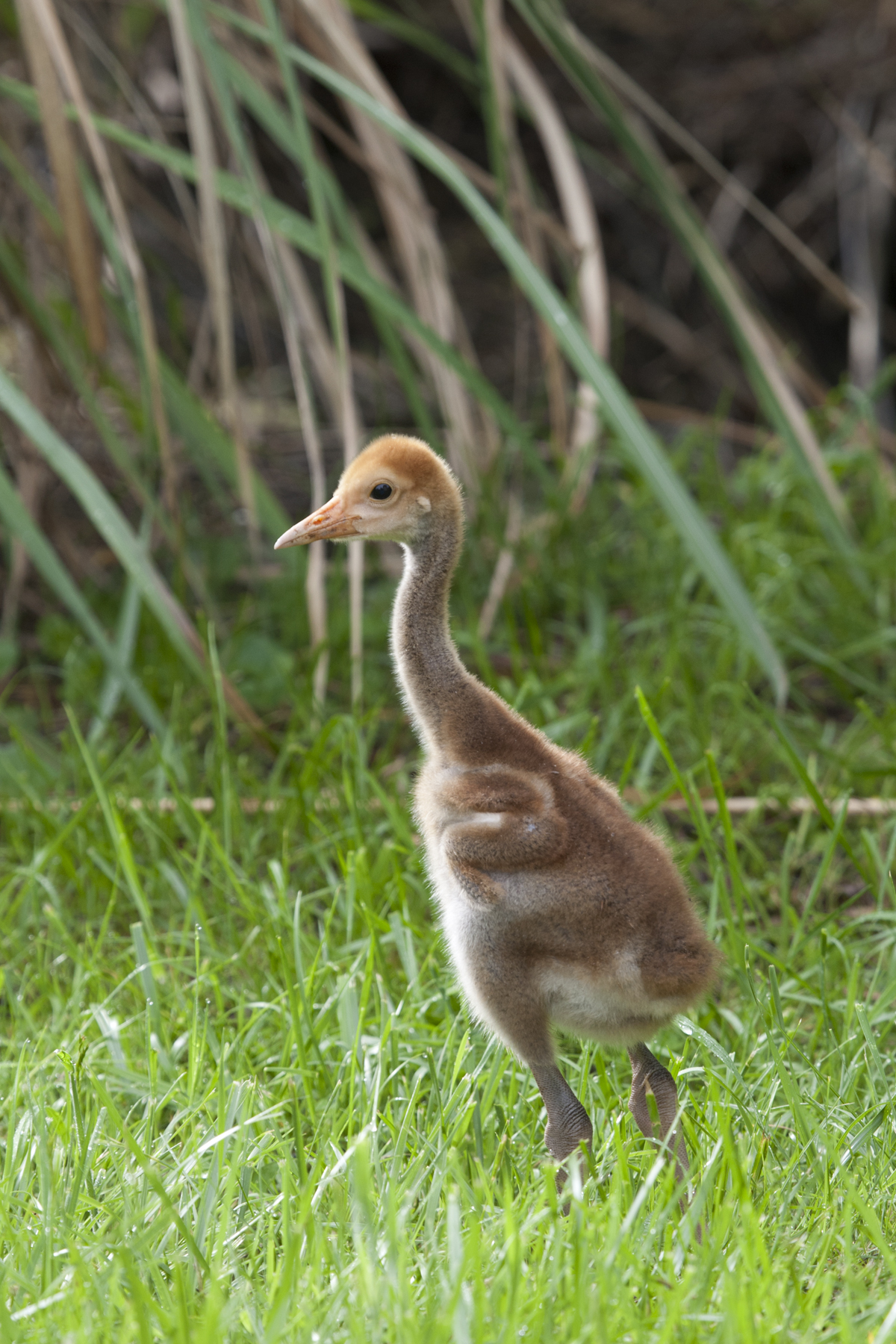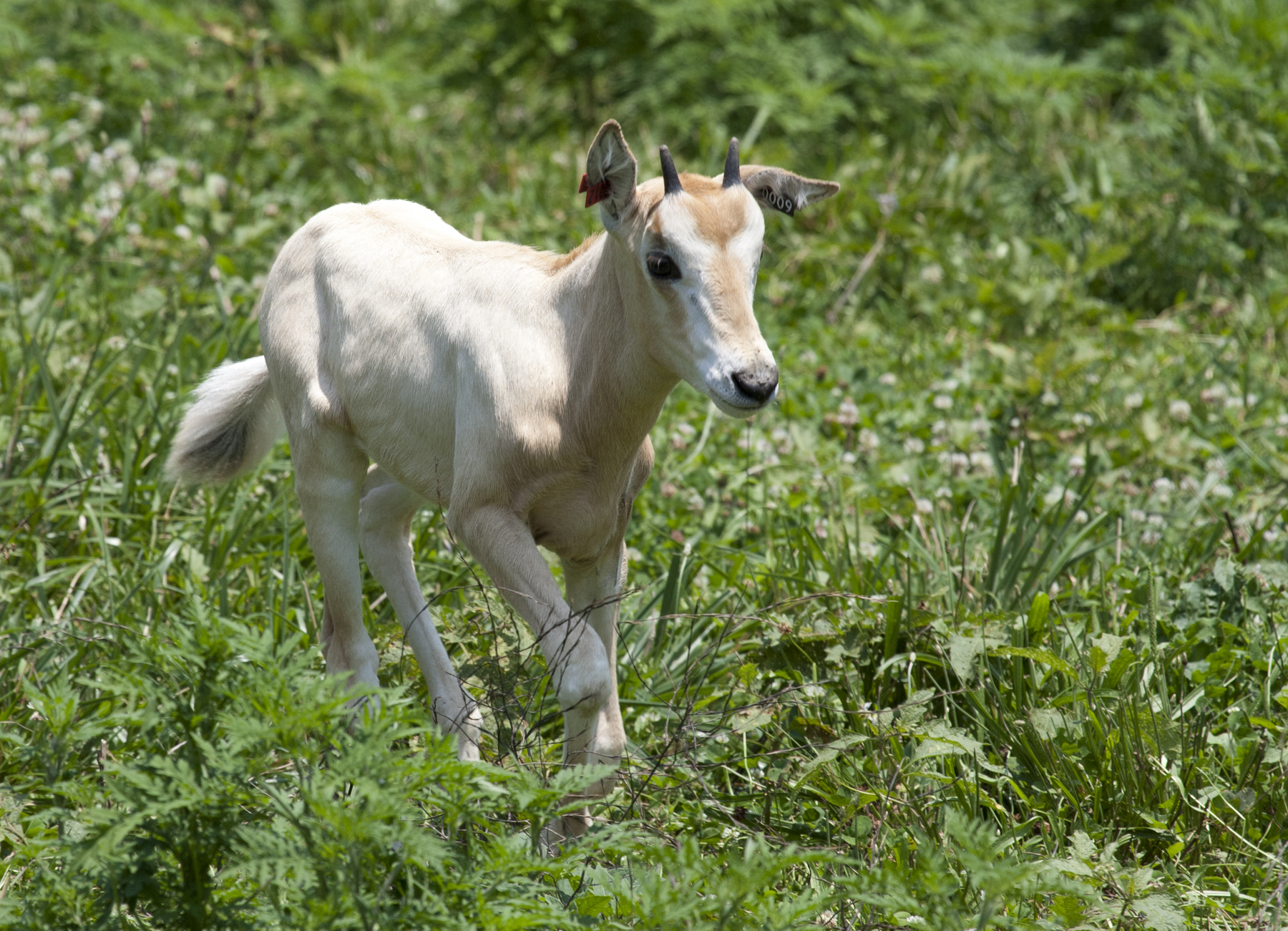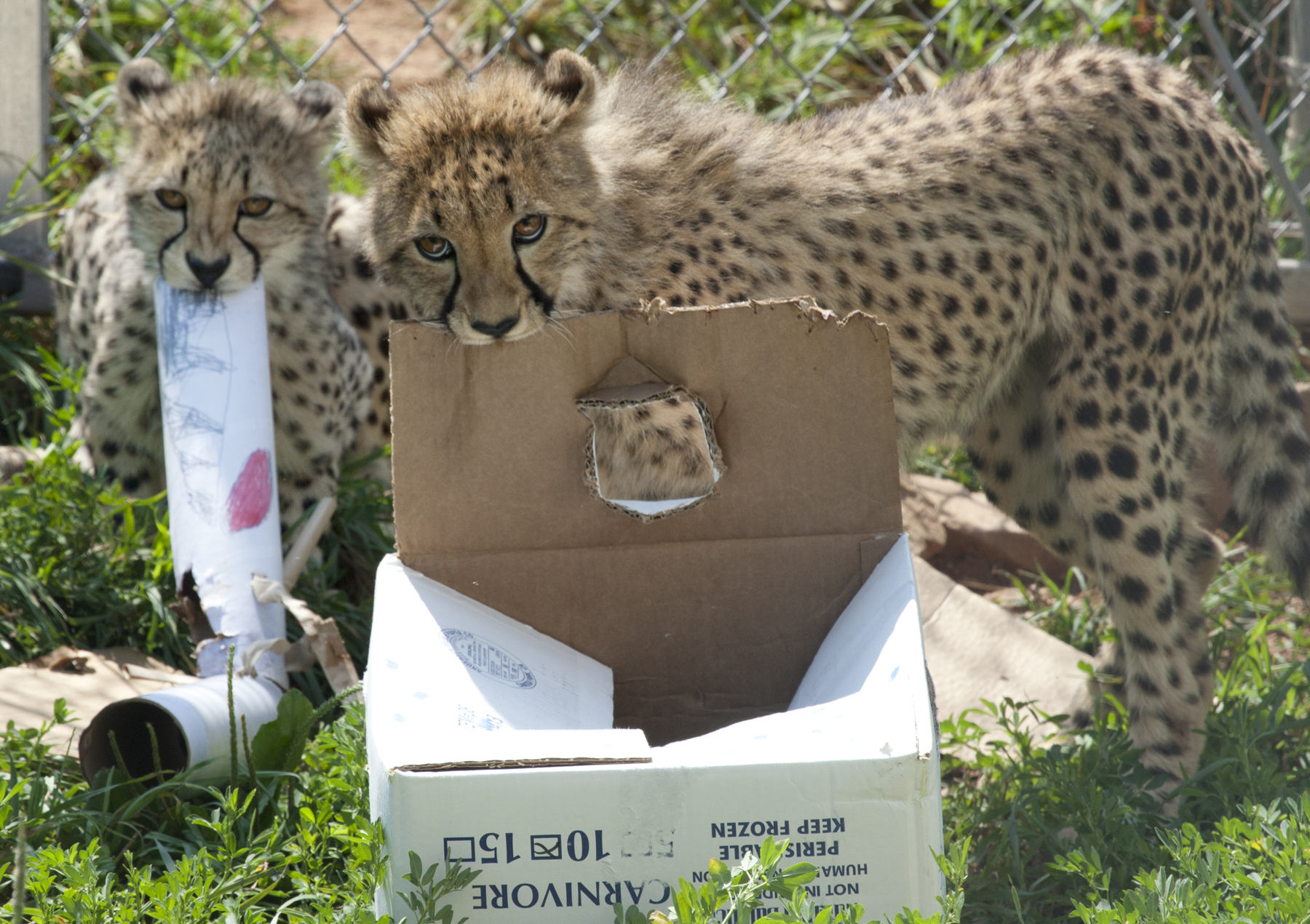The List: Get a Peek at the Zoo’s Latest Baby Boom
At the Zoo’s Virginia reserve for endangered species, a cluster of new births is evidence of the center’s success in the study of reproductive sciences
/https://tf-cmsv2-smithsonianmag-media.s3.amazonaws.com/filer/20110817100005baby-fawn-national-zoo.jpg)
![]() There’s another baby boom at the National Zoo! This summer efforts at the Smithsonian Conservation Biology Institute (SCBI) in Front Royal, Virginia, where Zoo researchers have long advanced their study of veterinary and reproductive sciences, have paid off. The Smithsonian’s reserve for endangered species welcomed the arrival of red pandas, scimitar-horned oryxes, tufted deer, clouded leopards and a white-naped crane. Take a closer look at these new bundles of joy.
There’s another baby boom at the National Zoo! This summer efforts at the Smithsonian Conservation Biology Institute (SCBI) in Front Royal, Virginia, where Zoo researchers have long advanced their study of veterinary and reproductive sciences, have paid off. The Smithsonian’s reserve for endangered species welcomed the arrival of red pandas, scimitar-horned oryxes, tufted deer, clouded leopards and a white-naped crane. Take a closer look at these new bundles of joy.

Panda parfait? One of the cubs at its July 26 check-up. Image by Mehgan Murphy
1. Red Pandas
Born: June 5, 2011
Sex: Two Females
Mother: Low Mei
and
Born: June 17, 2011
Sex: Two Females
Parents: Shama and Tate
Red pandas resemble raccoons and are native to parts of China, the Himalayas and Myanmar. On June 5, Low Mei gave birth to two female cubs in her brand new facility at the SCBI. On June 17, three-year-old Shama also gave birth to two female cubs. Shama and her mate, Tate, live on the Asia Trail at the National Zoo. Animal keeper Jessica Kordell says “each cub means a chance for the species to survive.”

The fawn is nursed by her mother, Marilyn. Image by Dolores Reed
2. Tufted Deer
Born: July 23, 2011
Sex: Female
Mother: Marilyn
Tufted deer are smaller than white-tailed deer and have brown coloring with white underparts, a gray head and very small antlers. On July 23, the 14-year-old tufted deer Marilyn gave birth to her fourth fawn at the Front Royal facility. (Say that ten times fast.) SCBI is currently working on a number of basic reproductive research projects related to the tufted deer, which is considered near threatened by the International Union for Conservation of Nature and Natural Resources (IUCN).

The cub is the third born this year at the SCBI facility. Image by Mehgan Murphy
Born: May 13, 2011
Sex: Female
Parents: Jao Chu and Hannibal
Clouded leopards in the wild live throughout southeast Asia, in countries such as southern China, Taiwan and the Malaysian peninsula. At SCBI, Jao Chu gave birth to one female cub on May 13. As of July 25, the cub was weighing in at 3.6 pounds and had started eating meat. SCBI is at the forefront in developing new techniques for successful breeding, including hand-rearing cubs from birth and matching them with mates when young. Clouded leopards are currently listed as a vulnerable species by the IUCN.

The new chick weighs nearly two pounds. Image by Mehgan Murphy
Born: May 6, 2011
Sex: Male
Parents: Brenda and Eddie
White-naped cranes breed in China, Mongolia and Russia, and winter in southeast China, Japan and the Korean peninsula. Cranes Brenda and Eddie hatched their first chick on May 6. The chick, a male, is a result of natural breeding and is healthy according to its keepers. “Usually crane chicks are timid and always stay beside one of their parents when keepers are around, but this chick is bold and will often run ahead of its parents to meet the keeper delivering food to them,” says the Zoo’s Chris Crowe. White-naped cranes are currently listed as a vulnerable species by the IUCN.

One of the newborn males frolics in Front Royal. Image by Mehgan Murphy
Born: June 12, June 18 and June 22, 2011
Sex: Three Males
Scimital-horned Oryxes are white with a red-brown chest and black facial markings. They have long, thin, curving horns that resemble a scimitar sword. The scimitar-horned oryxes at SCBI produced three male calves in June. The calves, born June 12, June 18 and June 22 are doing well, according to SCBI research physiologist Budhan Pukazhenthi. SCBI is a pioneer in artificial insemination techniques for the scimitar-horned oryx, and the center’s future goals for this species include establishing a genome resource bank to help their global genetic management.

Mmm, cardboard. Two cheetah cubs play with enrichment objects. Image by Mehgan Murphy
6. Cheetahs
Born: May 28, 2011
Mother: Amani
Six-year-old Amani gave birth to five cubs on May 28 at their SCBI facility. “We are very excited that Amani had such a large litter of cubs this time,” says cheetah biologist Adrienne Crosier. “These cubs are very significant for the future of the population, and each birth gives us an opportunity to learn more about cheetah biology and how females raise their young.” This litter is particularly important to the Association of Zoos and Aquariums’ Species Survival Plan (SSP) because this is the only litter of cheetahs born this year in a North American zoo.
Many of the newborns will not be on exhibit, but visitors can see clouded leopards, red pandas and a scimitar-horned oryx at the National Zoo in D.C.